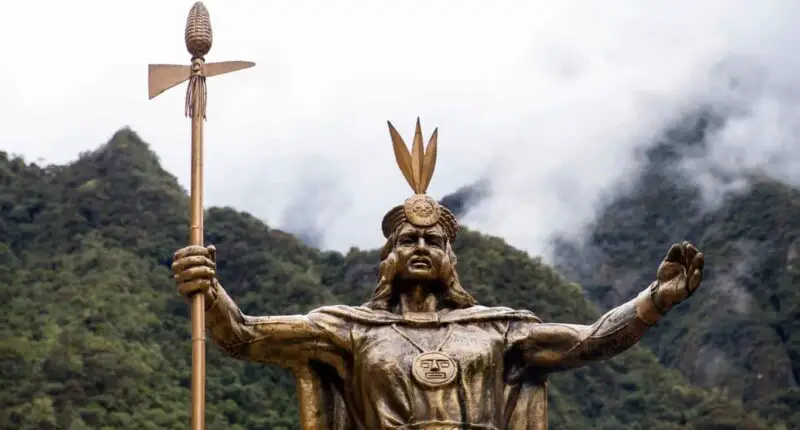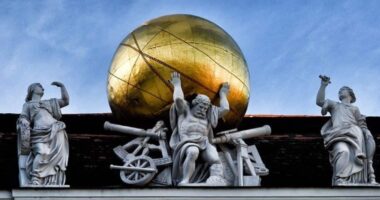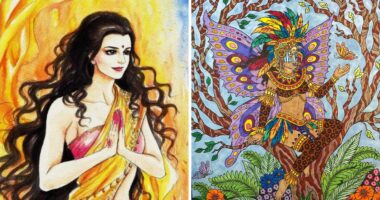From ancient times, human beings have been fascinated with stories of powerful deities who rule over the world and all that is in it. These divine beings are often depicted as having immense power and authority, able to control the forces of nature and bend them to their will. In many mythologies around the world, these gods are ruled over by one central figure, a king or leader who is the most powerful of them all. These powerful kings and leaders of the gods have captivated our imaginations for centuries, inspiring countless works of art, literature, and film. In this article, we will explore some of the most powerful kings and leaders of the gods from mythologies around the world, examining their roles and significance in their respective cultures.
The Powerful Kings and Leaders of Gods in Mythology
Zeus – King of the Gods in Greek mythology
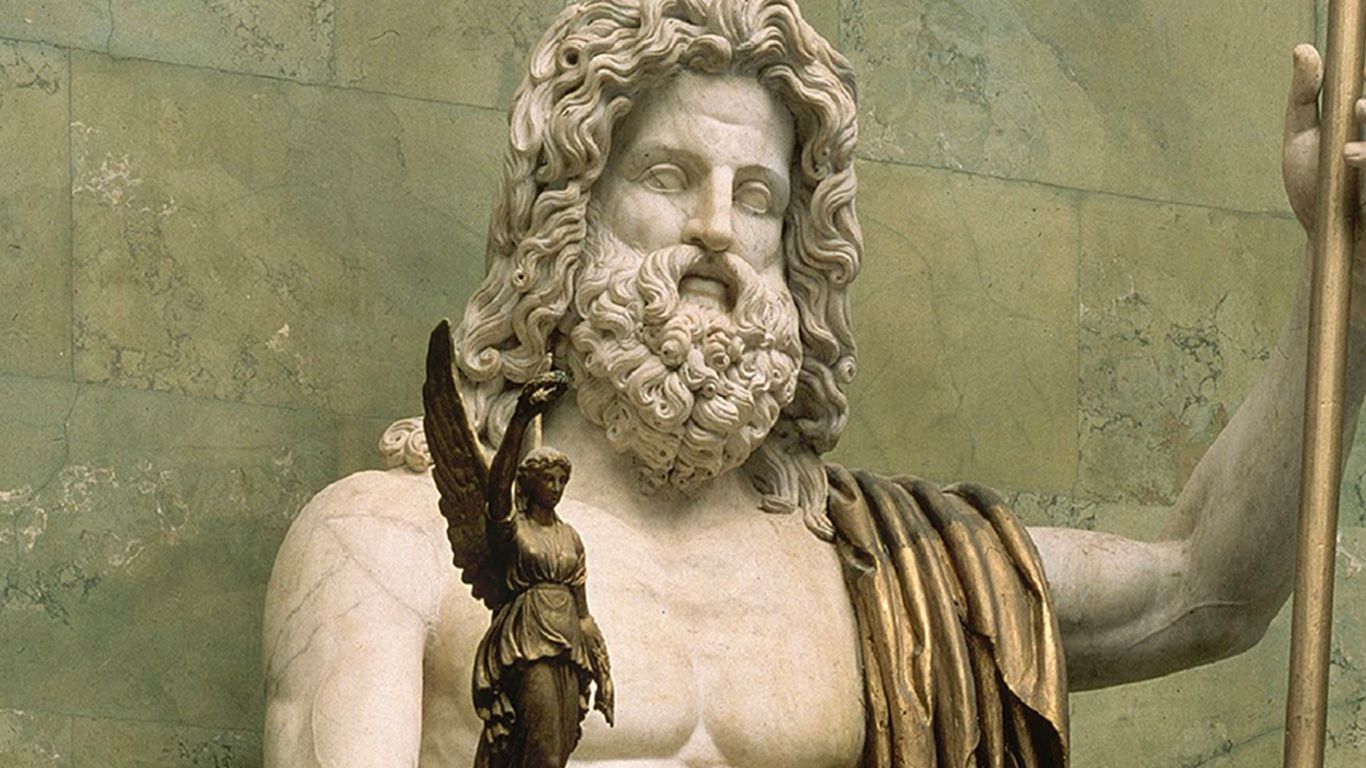
Zeus is the King of the Gods in Greek mythology, and one of the most famous deities of the ancient world. He is the son of Cronus and Rhea, and was born on the island of Crete. Zeus is often depicted as a powerful and imposing figure, wielding thunderbolts and commanding the forces of nature. He is also associated with hospitality and protection, and was the patron of guests and travelers. Zeus was worshipped throughout the ancient Greek world, and his cult was an important part of Greek religious life. He was also a popular subject of art and literature, inspiring countless works of epic poetry and drama.
Odin – King of the Gods in Norse mythology

Odin, the king of the gods in Norse mythology, was a complex figure with many different roles and responsibilities. He was known as the god of war, wisdom, and poetry, as well as the leader of the Valkyries who brought the souls of fallen warriors to Valhalla. Odin was often depicted as a one-eyed man, with his other eye sacrificed for wisdom, and a long beard. He was a revered and feared god, associated with magic and shamanism, and played a central role in the creation and destruction of the world in Norse mythology.
Indra – King of the Gods in Hindu mythology

In Hindu mythology, Indra is the king of the gods and ruler of the heavens. He is often depicted as a powerful and fierce warrior, wielding a thunderbolt and riding on an elephant. As the king of the gods, he is responsible for maintaining order and balance in the universe, and is associated with lightning, thunder, and rain. Indra is also the god of war, and is often called upon by warriors for his strength and protection. He is a prominent figure in many Hindu texts, including the Vedas and the Mahabharata, and is revered by many as one of the most powerful and important deities in the Hindu pantheon.
Anu – King of the Gods in Mesopotamian mythology

In Mesopotamian mythology, Anu was the king of the gods, ruling over the heavens. He was believed to be the father of both the god of the sky, Enlil, and the god of freshwater, Ea. Anu was regarded as the supreme deity and was often depicted as a majestic figure seated on a throne. He was associated with the concept of divine authority and was believed to have the power to bestow or withhold blessings from his worshippers. Anu’s cult was widespread throughout Mesopotamia, with many temples dedicated to his worship. His importance in Mesopotamian religion can be seen in the fact that his name was used as a title for the god of the sun, Shamash, in some regions.
Ra – God of the sun and King of the Gods in Egyptian mythology
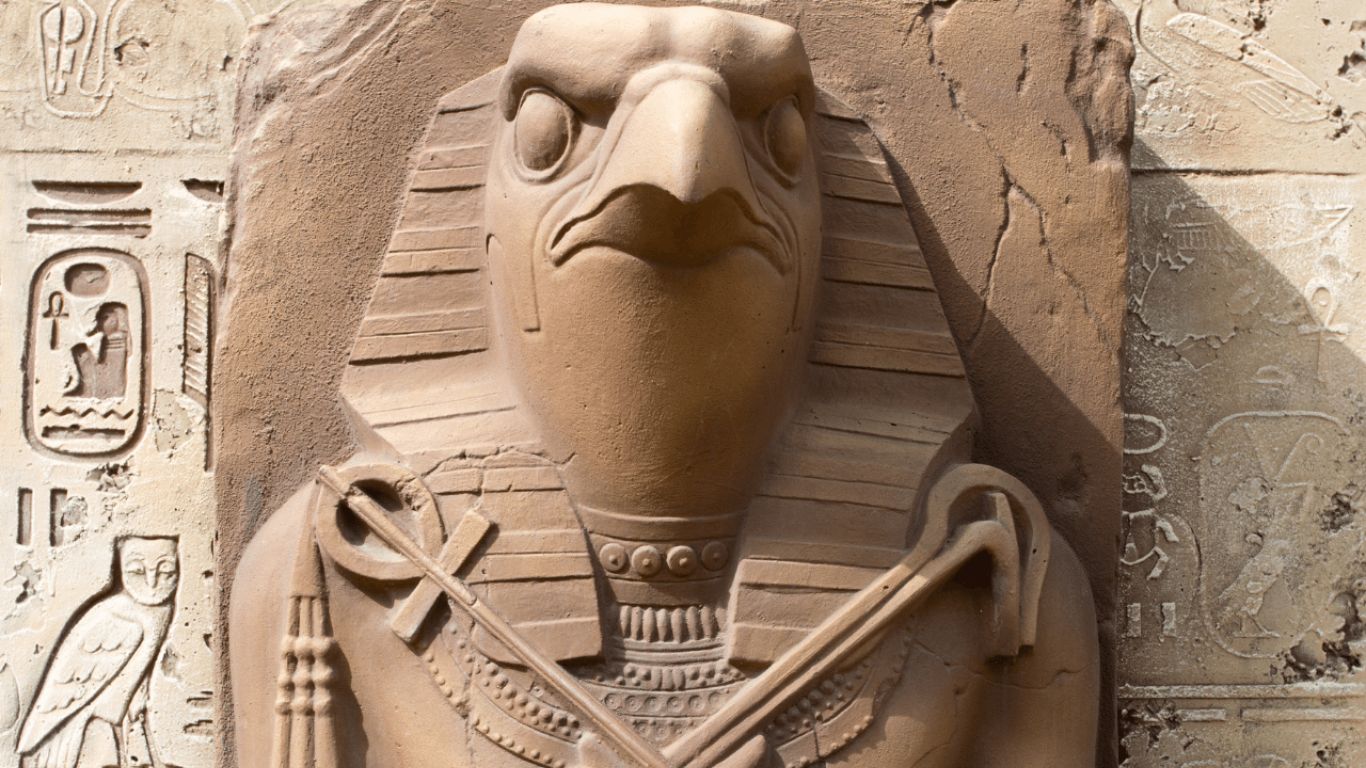
Ra is a significant deity in ancient Egyptian mythology, associated with the sun and considered the king of all gods. He was believed to be responsible for the creation of the world and everything in it. Ra was depicted with the head of a falcon and was often linked with other gods like Horus and Amun. Egyptians worshipped Ra as the giver of life, and his symbol, the sun disk, was a powerful emblem of creation and renewal. Ra’s role in Egyptian religion remained prominent throughout the ancient period, and his influence can still be seen in modern Egyptian culture.
Shangdi – Supreme God and ruler of the universe in Chinese mythology

In Chinese mythology, Shangdi is the Supreme God and ruler of the universe. He is also known as the “Lord on High” and is believed to be the creator of all things. Shangdi was worshipped during the Shang dynasty and continued to be worshipped by the Zhou dynasty. According to Chinese mythology, Shangdi had a mandate to rule the world and had the power to bestow blessings or punishments. His worshippers offered sacrifices and prayers to him in hopes of receiving his favor. Though the worship of Shangdi has declined over the years, he remains an important figure in Chinese mythology and history.
Tlaloc – God of rain and water, and one of the main Gods of the Aztecs
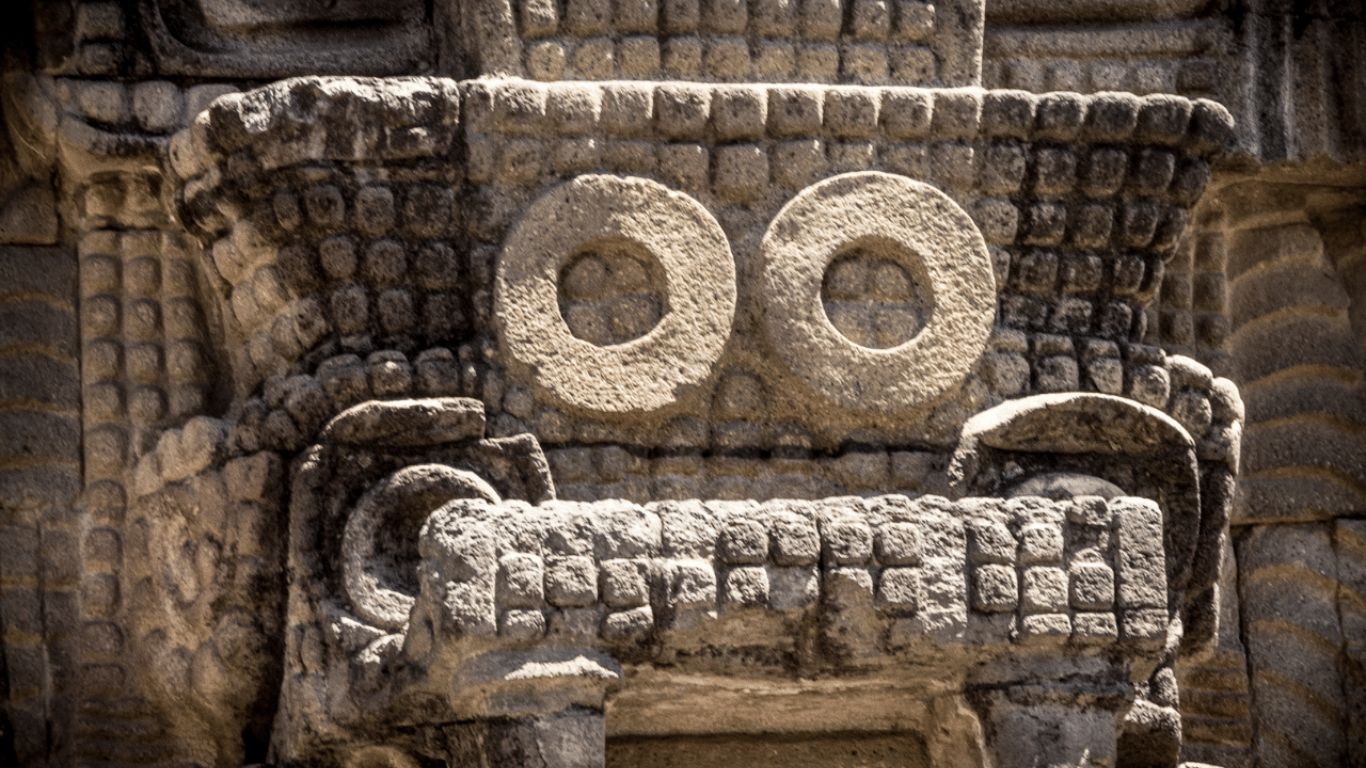
Tlaloc was a significant deity in the Aztec religion, worshiped as the god of rain and water. He was associated with fertility, agriculture, and life, as water was considered crucial for the growth of crops and the survival of human beings. Tlaloc was often depicted wearing a headdress made of feathers and carrying a scepter and a receptacle of water, representing his power over the natural elements. The Aztecs offered sacrifices and performed rituals to honor Tlaloc, believing that he could bring both life-giving rains and devastating floods. The worship of Tlaloc played a central role in Aztec culture, as water was a precious and necessary resource in their arid environment.
Inti – Sun God and ruler of the heavens in Inca mythology

Inti was a major deity in Inca mythology, revered as the Sun God and the ruler of the heavens. According to Inca beliefs, Inti was the creator of all life, and his warmth and light were essential for the survival of crops and the people. The Inca civilization relied heavily on agriculture, and Inti was central to their way of life. The most important festival of the Inca calendar, Inti Raymi, was held in his honor to celebrate the winter solstice and the beginning of a new year. Inti was a symbol of power, prosperity, and fertility, and his influence can still be seen in Andean culture and traditions today.
Also Read: Bold and Brilliant Queens of Mythology
